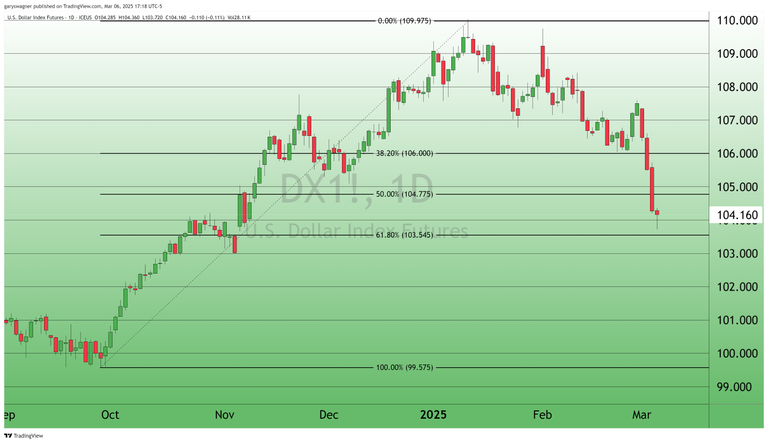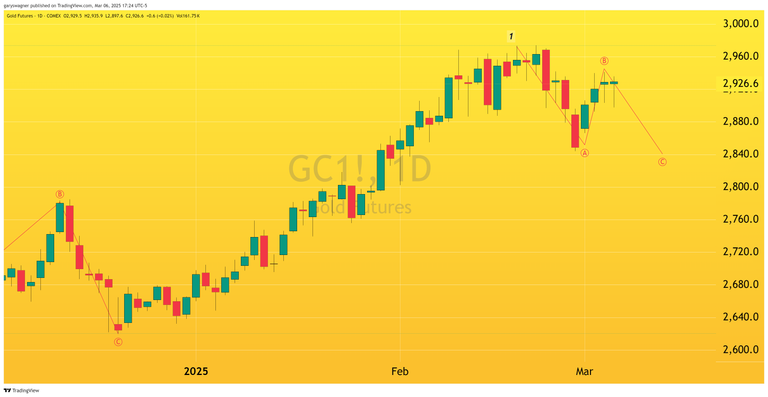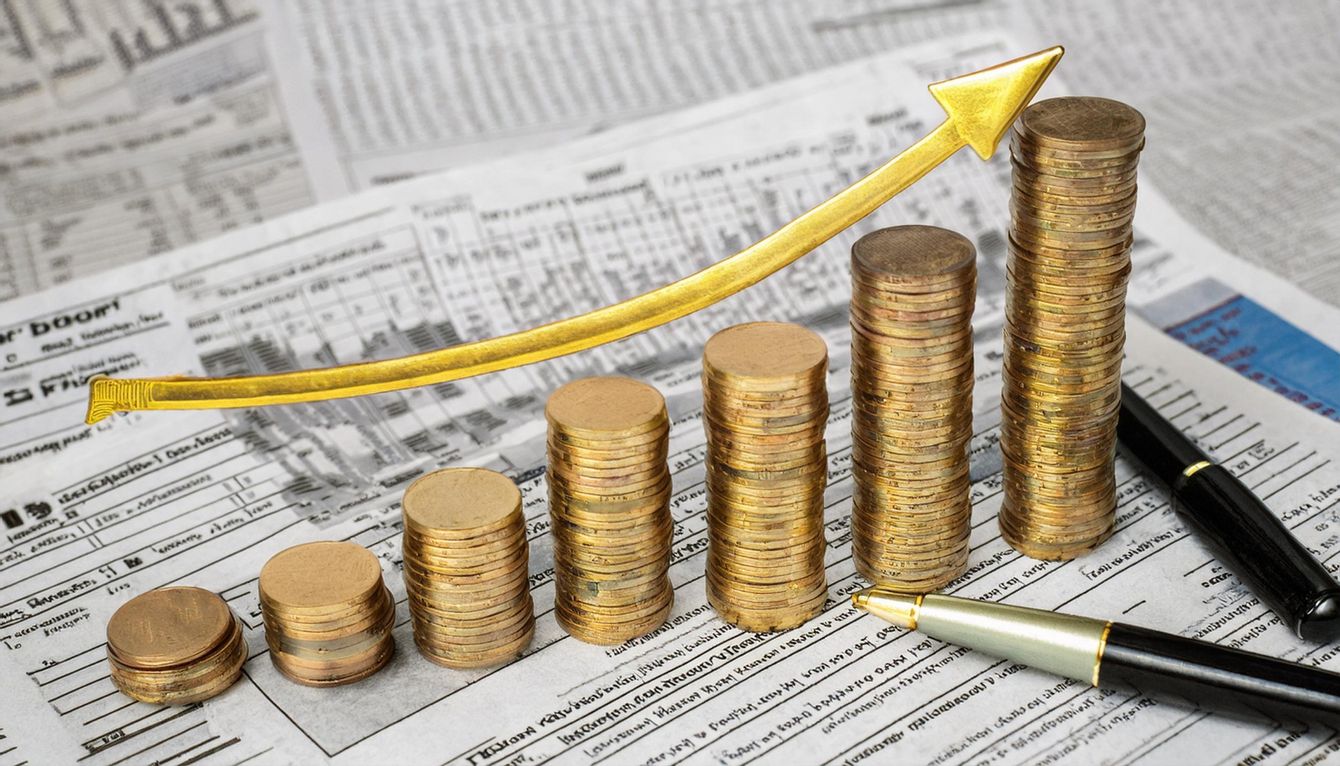The U.S. dollar experienced a dramatic selloff this week, plunging more than 3% against major currencies as markets reacted to sweeping new tariff policies implemented by the Trump administration.
The dollar index, which measures the greenback against a basket of major trading partner currencies, opened Monday at 107.345 before beginning its steep descent. By Tuesday's close, the index had fallen to 105.51, reflecting a daily decline of 0.91%. Wednesday saw the most severe drop, with the index plummeting 1.18% to 104.205. Through midweek, the cumulative loss reached an alarming 3.14%. Today’s decline in the U.S. dollar index was only fractional with the index falling to 104.16 after factoring in today’s decline of -0.11%.
Market analysts attribute this sharp devaluation directly to President Trump's midnight Tuesday decision to impose new import tariffs on Canada and Mexico while simultaneously doubling existing tariffs on Chinese goods from 10% to 20%. The significance of this policy shift cannot be overstated, as these three nations represent America's largest trading partners.

The euro, which constitutes 57.6% of the dollar index, leads the basket of currencies that also includes the Japanese yen (13.6%), British pound sterling (11.9%), Canadian dollar (9.1%), Swedish krona (4.2%), and Swiss franc (3.6%).
Further pressuring the dollar, MT NEWSWIRE reports that "The dollar's fall has been sharpened by rising expectations the Federal Reserve will need to further cut interest rates this year as the U.S. economy slows." While the CME FedWatch tool indicates the central bank is unlikely to reduce rates at its March 19 meeting, the outlook for subsequent policy decisions remains uncertain.

Meanwhile, gold futures closed marginally higher today after trading to an intra-day low of $2897.60, this follows three consecutive days respectable gains. The most active April contract settled at $2,926.60, up +$0.60 or 0.02%. Despite the minor gain today, gold continues to trade near its all-time record closing price of $2,963.20, established on February 24.
Gold's resilience near historic highs underscores investors' flight to safety amid growing economic concerns. Market participants increasingly view precious metals as a hedge against potential economic turmoil, with widespread belief that the new tariff regime will accelerate inflation while simultaneously slowing global economic growth—creating conditions for stagflation, a particularly challenging economic environment characterized by rising prices alongside declining economic activity.
For those who want more information on our premium service, please click the link Premium Service
Wishing you, as always good trading,

